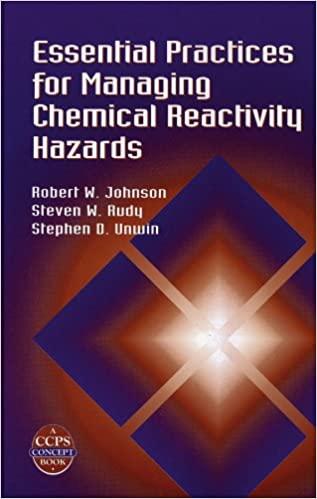Answered step by step
Verified Expert Solution
Question
1 Approved Answer
1 . The left atrial appendage in the heart is a region in the atrium where blood clots ( thrombi ) can form in patients
The left atrial appendage in the heart is a region in the atrium where blood clots thrombi can form in patients with atrial fibrillation. One strategy to prevent this is to seal off the appendage such that blood cannot enter the appendage. This can be done surgically using a staple or suture. However, cardiothoracic surgery is quite invasive and carries additional risks to the patients wellbeing as well as being costly One possible solution to this challenge is to use a cardiac catheterization procedure to fill the appendage with a substance that is liquid during delivery, but as it fills the appendage and is contacted by blood it solidifies, resulting in a permanent plug in the appendage. The solution to be deployed has a viscosity of cP a density of gcm and the maximum diameter of catheter that can be used is French. A typical cardiac catheter is cm in length. The pressure is the atrium is referred to as the preload of the heart and this must be overcome for the fluid to be able to fill the appendage. Normal preload is about mm Hg However, in patients with atrial fibrillation, it can often be double that value. As a design engineer, you must determine the amount of force that must be applied to the plunger of a ml syringe hooked up to the catheter. The left atrial appendage is usually determined by computed tomography on a patientbypatient basis, but your design must accommodate a volume of up to ml One the syringe pump is turned on; you can assume that the system is operating at steady state until the appendage is full eg all ml has been dispensed The time desired for dispensing the solution is not yet known, but is estimated not to exceed min. You need to determine the relationship between filling time and force required to deliver the fluid. Your results should be reported in graphical form using Excel plunger force lb vs filling time min Also discuss what you think the range of reasonable filling times would constitute good design with respect to the ability to control the procedure points
The left atrial appendage in the heart is a region in the atrium where blood clots thrombi can form in patients with atrial fibrillation. One strategy to prevent this is to seal off the appendage such that blood cannot enter the appendage. This can be done surgically using a staple or suture. However, cardiothoracic surgery is quite invasive and carries additional risks to the patients wellbeing as well as being costly One possible solution to this challenge is to use a cardiac catheterization procedure to fill the appendage with a substance that is liquid during delivery, but as it fills the appendage and is contacted by blood it solidifies, resulting in a permanent plug in the appendage. The solution to be deployed has a viscosity of cP a density of gcm and the maximum diameter of catheter that can be used is French. A typical cardiac catheter is cm in length. The pressure is the atrium is referred to as the preload of the heart and this must be overcome for the fluid to be able to fill the appendage. Normal preload is about mm Hg However, in patients with atrial fibrillation, it can often be double that value. As a design engineer, you must determine the amount of force that must be applied to the plunger of a ml syringe hooked up to the catheter. The left atrial appendage is usually determined by computed tomography on a patientbypatient basis, but your design must accommodate a volume of up to ml One the syringe pump is turned on; you can assume that the system is operating at steady state until the appendage is full eg all ml has been dispensed The time desired for dispensing the solution is not yet known, but is estimated not to exceed min. You need to determine the relationship between filling time and force required to deliver the fluid. Your results should be reported in graphical form using Excel plunger force lb vs filling time min Also discuss what you think the range of reasonable filling times would constitute good design with respect to the ability to control the procedure points
Step by Step Solution
There are 3 Steps involved in it
Step: 1

Get Instant Access to Expert-Tailored Solutions
See step-by-step solutions with expert insights and AI powered tools for academic success
Step: 2

Step: 3

Ace Your Homework with AI
Get the answers you need in no time with our AI-driven, step-by-step assistance
Get Started


